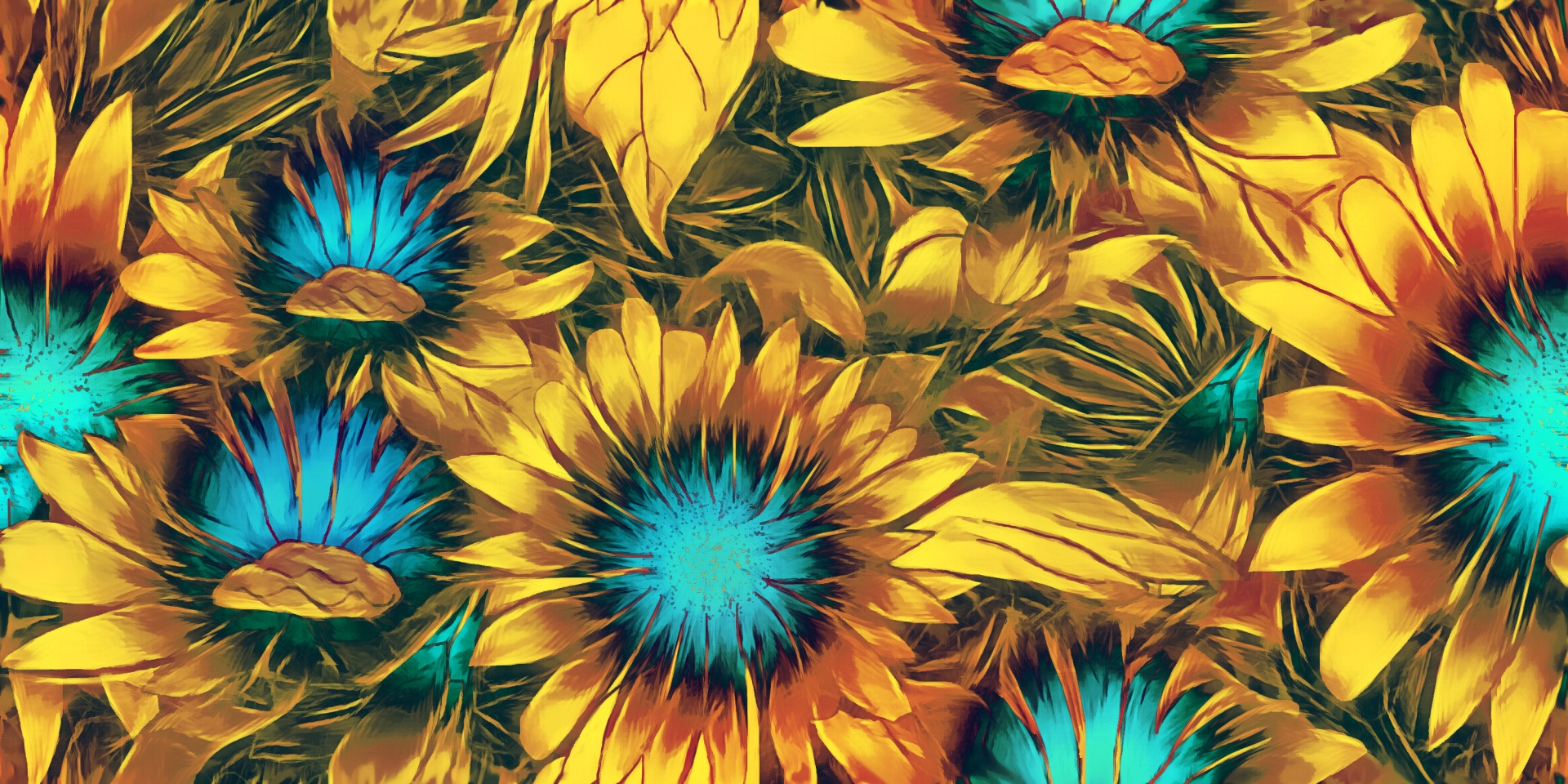hipnotic tortoise
Basic Information
Anatomy
This tortoise size varies between 10 to 20 cm long and 10 to 15cm wide. This size is determined by the housing shell, where the tortoise retreat itself to, in cases of danger. This shell is domed and it consist in two parts, which join together to surround the creature completly. The top side, during most of the year it is a mosaic of green and brown hexagonal patches, which paterns change sliglty to emulate the forest rivers where they live. The botton half is almost completly brown, softer that top part and with several articulations to allow faster leg movements is needed.
From their main body, only the head and their 6 legs can be seen outisde of the housing shell when the creature is alive. They all are roughtly the same size, but the head is twice as thick. Each of the 6 legs, end in 3 rocky fingers, one of them opposite to the other two. The head end in a circular barb, which is used to trap all maner of placton in the river to feed themselves. The coloration in their body does not change to emulate it's surrounding like his shell does, but it can change in different stages of its life cicle. Whille the tortoise is a juvenile, the colours are muted greens, with brown stripes in all visible extremeties. The older the tortoise gets, the brighter their skin became. The stripes, in turn, will lose coloration, becoming almost white in their elder years.
Dietary Needs and Habits
This creature diet consist mostly of placton from the river water, which they filter with the barbs. They also like to eat some liquens from shore.
In matting season, they also find and consume the egg of several species of insects which they consume in big quantities.
Biological Cycle
Their mating season, is trigered by an unknow factor. It happens in different times each year, which an apparent randon distribution.
Because their housing shell changes dramatically during this time, it is very easy to spot that once a group enters mating season, the whole area will follow thought. The changes in the shell are what give this species its name, as it transition from their normal unasuming patern to a hipnotic mix of colors, from normal bright greens and browns to more exotic ones like purples and oranges. A patern that seem to grown from the center of the shell towards the outside.
Behaviour
The creatures normally move slowly and think slowly. Adapted to live in areas of low luminosity, they relay on their natural camuflage and their shell to survive most predators attacks and to prey which is abundant and don't move or can be filtered.
They are solitary or live in very small groups and are able to sense other of their kind as well as predators using their taste. Unless there are some stresants in the environment. Adult individuals will not choose to live in a area where they can sense other creatures of their own species.
A exception to this, is their reproduction period, when they become more active and actively seek other of their kind. This is the only time, when they can been seen in large numbers and they become more agresive.
Additional Information
Perception and Sensory Capabilities
These creatures use their fingers to create a series of clicks, which emulate the movement of the tree branches to comunicate, while they are on land. While they are swimming in the river, they use them to propagate in the water, which can be perceived from farther away. As such, their main sensory organ is their skin, where specialized sensory receptors can detect any vibration moving thought their area.
They also have big eyes, one on each side of their heads, but they they are mostly use to detect light and shapes. They sense of sigh is extremely vague and shortside.
The circular barb also host their a sense similar to taste, which can sense if a favored prey or predator has left their scent recently thought the area, when they are sumerged in water. This sense is not very useful on land, as they depend of water filtering to be able to use it.
Geographic Distribution


Comments